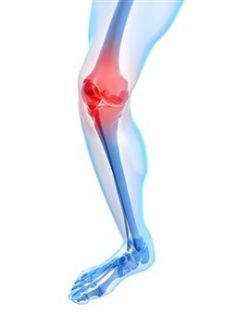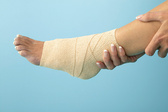 Pain, accompanied by clicking sounds when flexing or straightening the fingers and tenderness at the base of the digits, is not normal. If you are experiencing these, you are already showing symptoms of trigger finger. This is usually caused by constant or harsh movement that causes swelling or irritation due to rheumatoid arthritis, tendon lacerations, repeated trauma, or long hours of gripping something like a steering wheel.
Pain, accompanied by clicking sounds when flexing or straightening the fingers and tenderness at the base of the digits, is not normal. If you are experiencing these, you are already showing symptoms of trigger finger. This is usually caused by constant or harsh movement that causes swelling or irritation due to rheumatoid arthritis, tendon lacerations, repeated trauma, or long hours of gripping something like a steering wheel.
In some cases, orthopedic doctors just place a splint to protect the affected area then recommends a set of special exercises. Sometimes, they even inject cortisone. In most cases, though, surgery is necessary. The procedure is a minor one and patients can go home right after. A small incision is made on the affected area then the ligament section is carefully cut to stop the interruption on tendon movement. After this, the incision is stitched up and the ligament is left on its own to heal. Patients will have to wear a bandage a day or two after the surgery. A band aid can replace this after a couple of days to protect the wound. While healing, patients may have to go through physical therapy to restore strength in the hand.
If your fingers are bothering you, schedule a consultation with an orthopedic doctor to know if you have trigger finger. Randolph Orthopedics and Sports Medicine has many experts on such cases and offers surgical services if needed.




